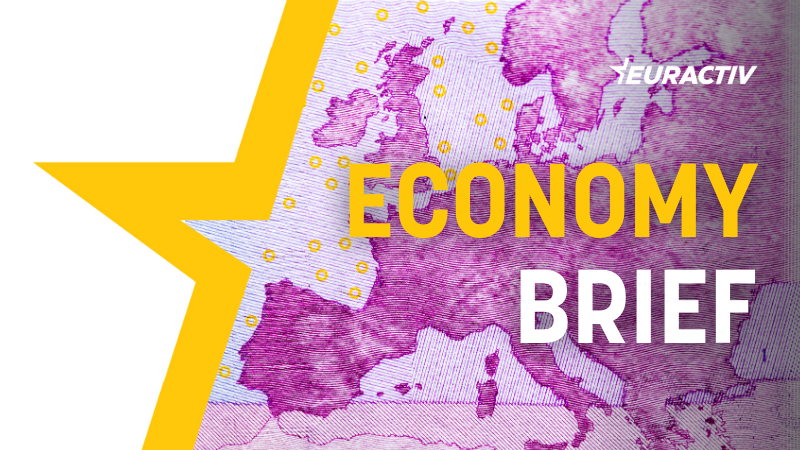Tech
Europe’s AI Regulations Create a Significant Gap in Tech Adoption – PUNE.NEWS

As of August 1, the European Union’s AI Act has come into force, marking a significant divergence in the approach to artificial intelligence between Europe and the United States. This new set of rules aims to safeguard European citizens from the potential risks associated with AI technologies. However, the strict regulatory framework may lead to a noticeable delay in the adoption of AI features in Europe compared to the U.S.
The AI Act: An Overview
The AI Act categorizes AI applications into different risk levels. The most concerning applications, such as government-run social scoring systems, are classified as “unacceptable” and are outright prohibited. High-risk AI systems, which include those used in critical infrastructure and law enforcement, are subject to stringent regulations. Providers of these systems must adhere to rigorous standards for risk management, incident tracking, and more. Additionally, AI systems deemed as having limited risk, such as chatbots and deepfakes, must clearly disclose their AI nature to users.
In contrast, the U.S. has adopted a more relaxed approach. The Biden administration has proposed a set of non-binding AI-related guidelines, with major tech companies agreeing to comply voluntarily. This lack of enforcement differs significantly from Europe’s strict regulatory stance.
Delayed AI Integration in Europe
The full impact of the EU’s AI Act will not be felt until February 2025, with some provisions extending to August 2026. However, tech companies are already reacting cautiously. U.S. tech giants, wary of the stringent European regulations, are hesitant to introduce AI features to the European market.
Apple, for instance, introduced a suite of AI features known as Apple Intelligence, which are expected to launch alongside iOS 18, iPadOS 18, and macOS Sequoia. Despite their anticipated release, these features will not be available in Europe until at least 2025 due to regulatory concerns. This delay reflects a broader trend: Europe often receives new technology later than the U.S., as seen with the delayed launch of Meta’s social network Threads in Europe.
Implications for European Consumers
The delay in AI feature rollouts could have significant implications. The AI capabilities integrated into new Apple devices, such as smarter photo search and editing, AI-powered spelling and grammar checks, and a more advanced Siri, are marketed as key selling points. The absence of these features in European versions of the iPhone 16 could make the device less appealing.
This discrepancy isn’t limited to Apple. Other tech giants, like Meta, have also withheld AI features from the European market. The lack of access to AI innovations could create a growing technological rift between Europe and the U.S.
A Challenging Path Ahead
Despite these challenges, companies are unlikely to abandon the European market. Apple has expressed its commitment to finding ways to deliver AI features to European customers without compromising their safety. However, the differing regulatory environments could make it increasingly difficult to offer uniform experiences across regions.
As someone familiar with the European market, I’m accustomed to certain limitations in technology offerings. While regulating AI to ensure safety and ethical use is crucial, the new regulations may widen the gap between European and U.S. tech experiences. As AI becomes more integral to our daily lives, this divergence could have far-reaching consequences for consumers and tech companies alike.









